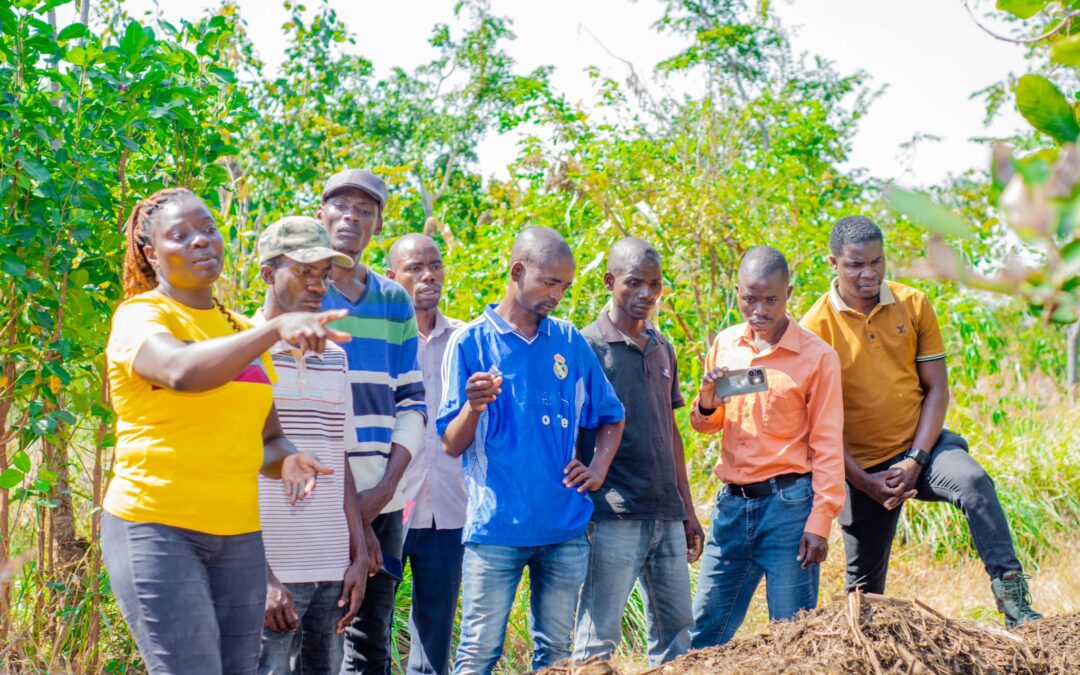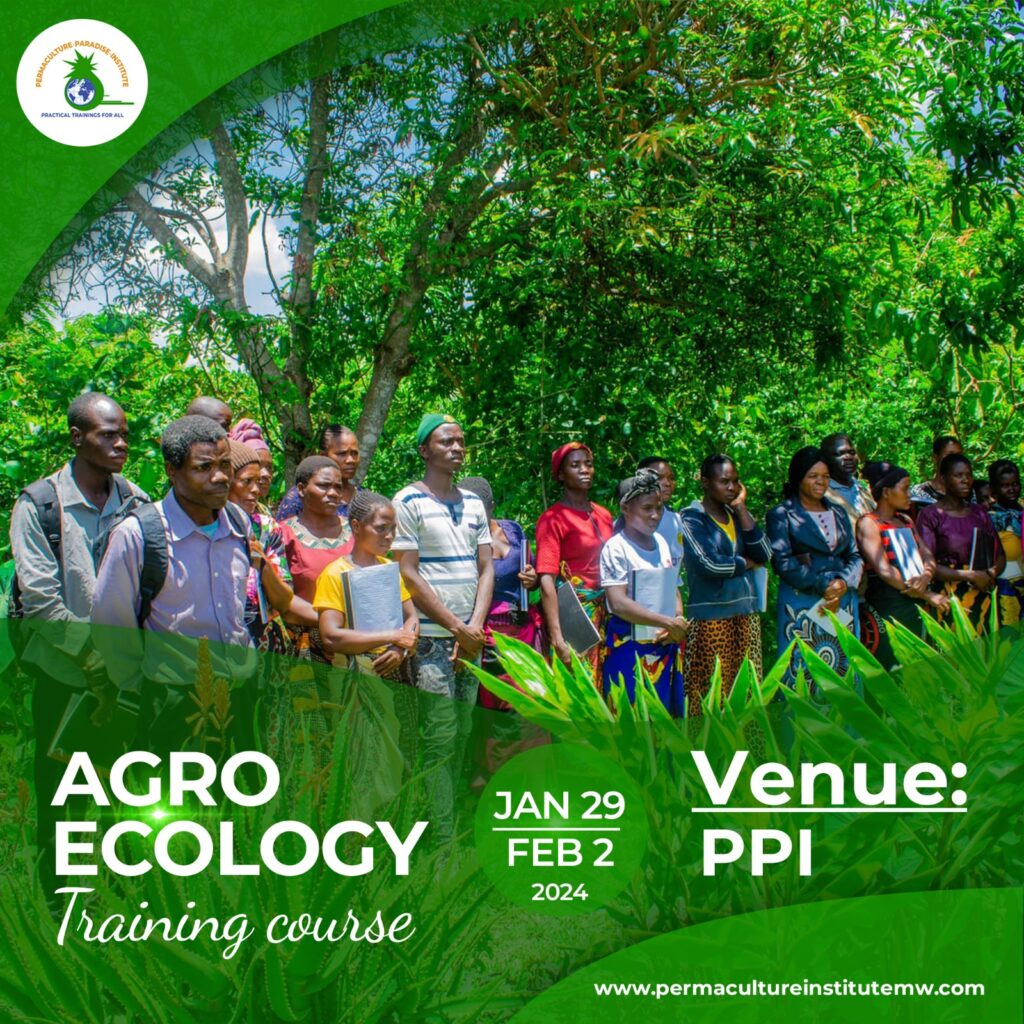On day three of the international 72-hour Permaculture Design Course at the Permaculture Paradise Institute, the 11 participants gathered once more, their spirits high and their curiosity piqued. The focus for the day was twofold: understanding patterns in space and time, and diving into practicals on soil health—both critical components of permaculture design.
The morning began with a deep dive into the world of patterns. The instructors introduced the concept of natural patterns and their significance in permaculture. Participants learned how patterns found in nature—like the branching of trees, the meandering of rivers, and the spirals of shells—can inform the design of resilient and efficient systems. These natural formations, they discovered, are not just visually appealing but also functionally optimized, guiding them to apply similar efficiencies in their designs.
As the session progressed, the group explored how these patterns could be observed in various elements of the ecosystem. They discussed how understanding the rhythms of the seasons, the cycles of growth and decay, and the daily movement of the sun could help them align their designs with the natural flow of the environment. This alignment, they learned, is key to creating systems that are not only sustainable but also harmonious with the earth’s inherent processes.
With minds buzzing with new insights, the participants took their learning outdoors. Guided by their instructors, they observed the landscape through the lens of pattern recognition. The lush surroundings of the institute became a classroom where they identified natural patterns and contemplated how these could influence their future designs. This hands-on approach reinforced the day’s lessons, making the abstract concepts of patterns tangible and applicable.
After a morning filled with theory and observation, lunch provided a chance to relax and share thoughts. The participants, now a close-knit group, engaged in lively discussions about the day’s lessons, eagerly anticipating the practical session on soil health that awaited them in the afternoon.
Post-lunch, the focus shifted from the sky to the soil beneath their feet. The instructors emphasized the importance of soil health as the foundation of any thriving ecosystem. Participants learned about the composition of healthy soil, the role of microorganisms, and the critical balance between minerals and organic matter. They were introduced to techniques for improving soil fertility and structure, essential for supporting robust plant growth.

The practicals on soil health were not just educational but also deeply satisfying. Working directly with the soil allowed the participants to connect with the earth in a meaningful way, reinforcing their commitment to fostering sustainable and healthy ecosystems.

Equipped with this knowledge, the group moved outdoors once again, this time ready to get their hands dirty. The practical session involved hands-on activities like testing soil pH, examining soil texture, and creating compost. The participants dug into the earth, exploring its layers and learning how to read the soil’s story. They discovered how to nurture the land to enhance its productivity naturally.
As the day drew to a close, the participants gathered for a final reflection session. They shared their experiences of the day, discussing the patterns they had observed and the soil they had touched. There was a shared sense of accomplishment and a deepened understanding of the interconnectedness of nature’s elements.
Day three at the Permaculture Paradise Institute had been a journey through the intricacies of natural patterns and the foundational importance of soil health. The participants left the institute that evening with a profound appreciation for the subtle, yet powerful, forces that shape our world.
As they looked forward to the final day of the course, they carried with them not just knowledge but a deeper connection to the land and a growing confidence in their ability to design sustainable, life-supporting systems. The promise of transformation continued to unfold, ready to culminate in the days to come.



